Gulf producing states to share in revenue from GOMESA blocks
 As part of President Obama’s all-of-the-above energy strategy to continue to expand safe and responsible domestic energy production, the Bureau of Ocean Energy Management (BOEM) has announced that it will hold Gulf of Mexico Eastern Planning Area oil and gas lease sale 225 in New Orleans on March 19, 2014, immediately following the proposed Central Planning Area (CPA) Sale 231.
As part of President Obama’s all-of-the-above energy strategy to continue to expand safe and responsible domestic energy production, the Bureau of Ocean Energy Management (BOEM) has announced that it will hold Gulf of Mexico Eastern Planning Area oil and gas lease sale 225 in New Orleans on March 19, 2014, immediately following the proposed Central Planning Area (CPA) Sale 231.
Proposed Sale 225 is the first lease sale proposed for the Eastern Planning Area under the 2012 – 2017 Outer Continental Shelf Oil and Natural Gas Leasing Program, and the first sale offering acreage in that area since Sale 224, held in March of 2008.
“This proposed sale is another important step to promote responsible domestic energy production through the safe, environmentally sound exploration and development of the Nation’s offshore energy resources,” said BOEM Director Tommy Beaudreau.
The proposed sale encompasses 134 whole or partial unleased blocks covering approximately 465,200 acres in the Eastern Planning Area. The blocks are located at least 125 statute miles offshore in water depths ranging from 2,657 feet (810 meters) to 10,213 feet (3,113 meters). The area is bordered by the Central Planning Area boundary on the West and the Military Mission Line (86º 41’W) on the East. It is south of eastern Alabama and western Florida; the nearest point of land is 125 miles northwest in Louisiana.
Of the 134 blocks available in this sale, 93 are located in the same area offered in 2008’s Eastern Planning Area Sale 224 and are subject to revenue sharing under the Gulf of Mexico Energy Security Act of 2006 (GOMESA), which provides that the states of Alabama, Mississippi, Louisiana and Texas share in 37.5 percent of the bonus payments. These four Gulf producing states will also share in 37.5 percent of all future revenues generated from those leases. Additionally, 12.5 percent of revenues from those leases are allocated to the Land and Water Conservation Fund. The remaining 41 blocks, located just south of that area, are not subject to revenue sharing under GOMESA.
BOEM estimates the proposed lease sale could result in the production of 71 million barrels of oil and 162 billion cubic feet of natural gas.
The decision to move forward with plans for this lease sale follows extensive environmental analysis, public comment, and consideration of the best scientific information available. In October, BOEM published a Final Environmental Impact Statement (EIS) for proposed Eastern Planning Area Sales 225 and 226. The Final EIS updated information gathered in three previous EIS’s. EPA Sale 226, scheduled for 2016, is the only other Eastern Gulf of Mexico lease sale proposed under the current Five Year Program.
The proposed terms of this sale include conditions to ensure both orderly resource development and protection of the human, marine and coastal environments. These include stipulations to protect biologically sensitive resources, mitigate potential adverse effects on protected species, and avoid potential conflicts associated with oil and gas development in the region.
All proposed terms and conditions for Lease Sale 225 will be finalized when the Final Notice of Sale is published at least 30 days prior to the Sale.
The Notice of Availability of the Proposed Notice of Sale can be viewed today in the Federal Register at: www.archives.gov/federal-register/public-inspection/index.html. Proposed terms and conditions for the sale are fully explained in a new streamlined format, available at: www.boem.gov/Sale-225/.
CD’s of the sale package as well as hard copies of the maps can be requested from the Gulf of Mexico Region’s Public Information Office at 1201 Elmwood Park Boulevard, New Orleans, LA 70123, or at 800-200-GULF (4853).
The Gulf of Mexico contributes about 25 percent of U.S. domestic oil and 11 percent of domestic gas production, providing the bulk of the $14.2 billion in mineral revenue disbursed to Federal, state and American Indian accounts from onshore and offshore energy revenue collections in Fiscal Year 2013. That was a 17 percent increase over FY 2012 disbursements of $12.15 billion, due primarily to $2.77 billion in bonus bids received for new oil and gas leases in the Gulf of Mexico
The 2012-2017 Five Year Program offers nearly 219 million acres on the U.S. Outer Continental Shelf for lease, making all areas of the OCS with the highest oil and gas resource potential available for exploration and development. The plan includes up to 15 lease sales in the Gulf of Mexico and Alaska. The first three sales under the Five Year Program offered more than 79 million acres for development and garnered $1.4 billion in high bids.
.


 VAALCO Energy, Inc
VAALCO Energy, Inc As part of President Obama’s all-of-the-above energy strategy to continue to expand safe and responsible domestic energy production, the Bureau of Ocean Energy Management (BOEM) has announced that it will hold Gulf of Mexico Eastern Planning Area oil and gas lease sale 225 in New Orleans on March 19, 2014, immediately following the proposed Central Planning Area (CPA) Sale 231.
As part of President Obama’s all-of-the-above energy strategy to continue to expand safe and responsible domestic energy production, the Bureau of Ocean Energy Management (BOEM) has announced that it will hold Gulf of Mexico Eastern Planning Area oil and gas lease sale 225 in New Orleans on March 19, 2014, immediately following the proposed Central Planning Area (CPA) Sale 231.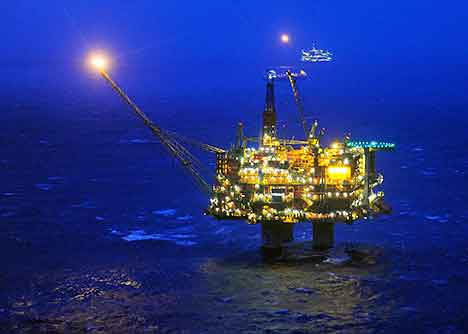
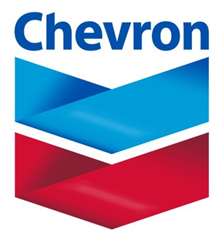 Chevron Corporation
Chevron Corporation
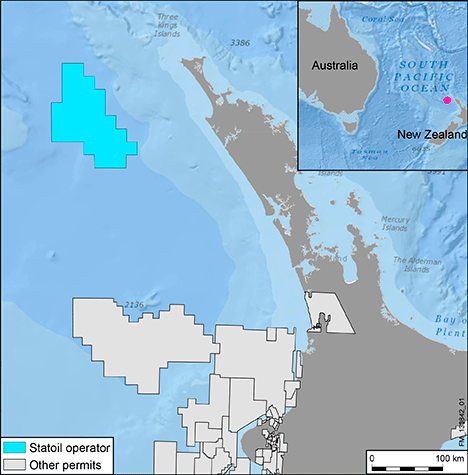 Statoil
Statoil Petrobras
Petrobras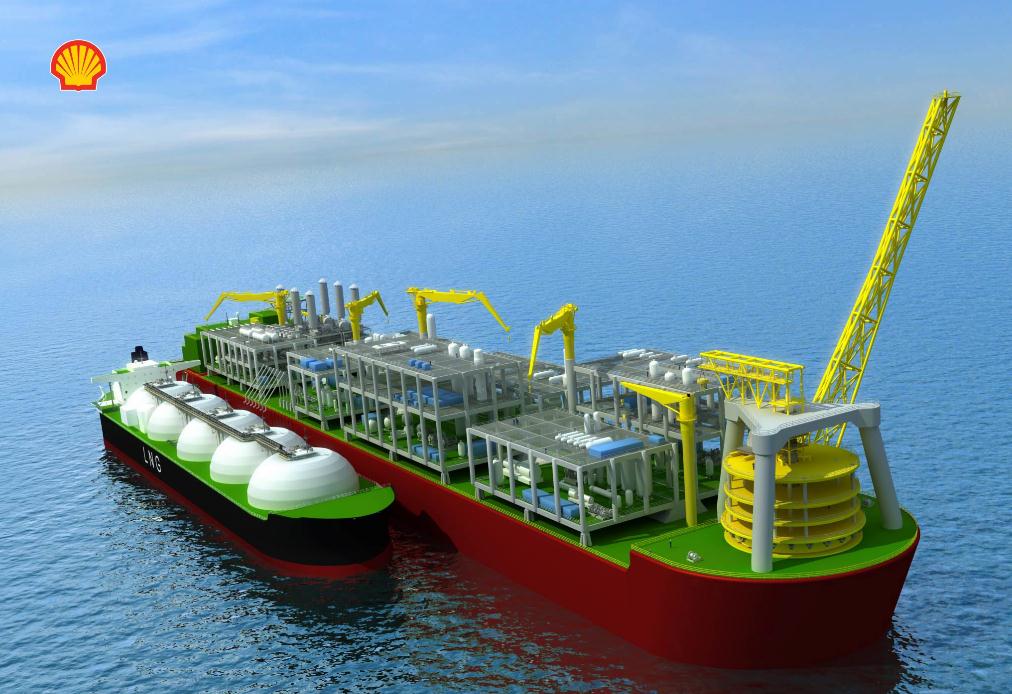 The 488-meter-long-hull of Shell's Prelude floating liquefied natural gas (FLNG) facility has been floated out of the dry dock at the Samsung Heavy Industries (SHI) yard in Geoje, South Korea, where the facility is currently under construction. Once complete, Prelude FLNG will be the largest floating facility ever built. It will unlock new energy resources offshore and produce approximately 3.6 million tons of liquefied natural gas (LNG) per annum to meet growing demand.
"Making FLNG a reality is no simple feat," said Matthias Bichsel, Shell Projects & Technology Director. "A project of this complexity – both in size and ingenuity – harnesses the best of engineering, design, manufacturing and supply chain expertise from around the world. Getting to this stage of construction, given that we only cut the first steel a year ago, is down to the expert team we have ensuring that the project's critical dimensions of safety, quality, cost and schedule are delivered."
The 488-meter-long-hull of Shell's Prelude floating liquefied natural gas (FLNG) facility has been floated out of the dry dock at the Samsung Heavy Industries (SHI) yard in Geoje, South Korea, where the facility is currently under construction. Once complete, Prelude FLNG will be the largest floating facility ever built. It will unlock new energy resources offshore and produce approximately 3.6 million tons of liquefied natural gas (LNG) per annum to meet growing demand.
"Making FLNG a reality is no simple feat," said Matthias Bichsel, Shell Projects & Technology Director. "A project of this complexity – both in size and ingenuity – harnesses the best of engineering, design, manufacturing and supply chain expertise from around the world. Getting to this stage of construction, given that we only cut the first steel a year ago, is down to the expert team we have ensuring that the project's critical dimensions of safety, quality, cost and schedule are delivered."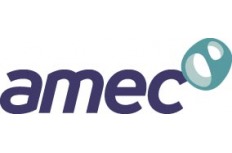 AMEC
AMEC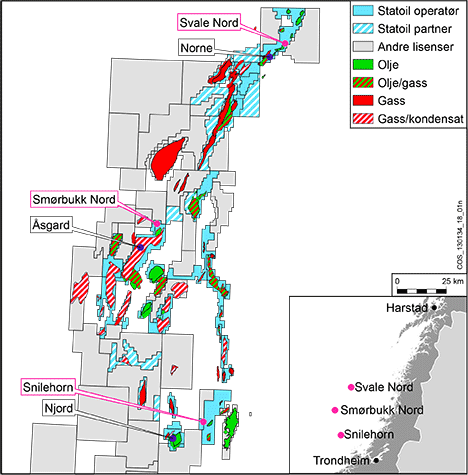 Statoil
Statoil 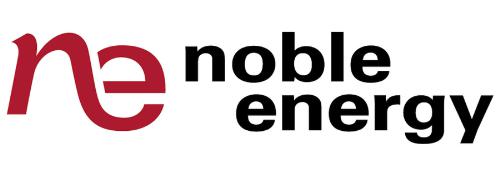 Noble Energy, Inc.
Noble Energy, Inc.  Noble Energy, Inc.
Noble Energy, Inc.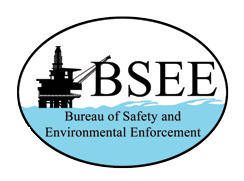 The Bureau of Safety and Environmental Enforcement (BSEE)
The Bureau of Safety and Environmental Enforcement (BSEE)